This article was co-authored by Karina Klimtchuk, L.Ac., DACM, Dipl. OM and by wikiHow staff writer, Janice Tieperman. Dr. Karina Klimtchuk is a Licensed Acupuncturist, Diplomate of Oriental Medicine, Faculty Member at Yo San University of Traditional Chinese Medicine, and the Owner of Kai Wellness. She specializes in holistic health, Chinese herbal medicine, and functional medicine. Dr. Klimtchuk also helps patients through emotional and spiritual trauma. She holds a BA in Psychology and Sociology from The University of Massachusetts, Boston, a Master's from Emperor's College in Santa Monica, CA, and a Doctorate of Acupuncture and Chinese Medicine (DACM) from Pacific College of Oriental Medicine.
There are 14 references cited in this article, which can be found at the bottom of the page.
This article has been viewed 188,206 times.
Interested in learning about the world of hand reflexology? This fascinating alternative medicine focuses on providing relief and relaxation through specific pressure points, or reflexology points, that connect to other parts of the body.[1] These points are outlined in a unique diagram known as a hand reflexology chart, which helps you easily visualize these connections. To help you get started, we’ve covered exactly how this chart works, as well as some specific reflexology techniques that you can try at home.
Steps
Warnings
- Reflexology may be a form of alternative medicine, but it’s not meant or designed to replace formal medical treatments. Always meet with your physician to discuss any health concerns or issues you may have.[22]⧼thumbs_response⧽
- Use reflexology with caution if you’re pregnant—some people have experienced contractions after a session.[23]⧼thumbs_response⧽
- Avoid reflexology if you currently have thrombosis or an embolism. It might cause a blood clot to loosen and move towards the heart or brain.[24]⧼thumbs_response⧽
References
- ↑ https://www.takingcharge.csh.umn.edu/reflexology-points
- ↑ https://www.takingcharge.csh.umn.edu/reflexology
- ↑ Karina Klimtchuk, L.Ac., DACM, Dipl. OM. Licensed Acupuncturist & Diplomate of Oriental Medicine. Expert Interview. 25 August 2021.
- ↑ https://www.maineddc.org/images/PDFs/Hand-Reflexology.pdf
- ↑ https://www.takingcharge.csh.umn.edu/reflexology-points
- ↑ https://www.maineddc.org/images/PDFs/Hand-Reflexology.pdf
- ↑ https://www.aor.org.uk/custom/handmap/index.php?obj=lh
- ↑ https://www.maineddc.org/images/PDFs/Hand-Reflexology.pdf
- ↑ https://www.maineddc.org/images/PDFs/Hand-Reflexology.pdf
- ↑ https://www.maineddc.org/images/PDFs/Hand-Reflexology.pdf
- ↑ https://my.clevelandclinic.org/health/body/21563-trapezius-muscle
- ↑ https://www.maineddc.org/images/PDFs/Hand-Reflexology.pdf
- ↑ https://www.aor.org.uk/custom/handmap/index.php?obj=lh
- ↑ https://www.maineddc.org/images/PDFs/Hand-Reflexology.pdf
- ↑ https://www.youtube.com/watch?v=qE1Gc4zyT88&t=2m12s
- ↑ https://www.youtube.com/watch?v=qE1Gc4zyT88&t=1m46s
- ↑ https://www.youtube.com/watch?v=yKiQxGylHTs&t=1m41s
- ↑ https://www.youtube.com/watch?v=yKiQxGylHTs&t=3m40s
- ↑ https://www.youtube.com/watch?v=yKiQxGylHTs&t=2m43s
- ↑ https://www.youtube.com/watch?v=yKiQxGylHTs&t=0m24s
- ↑ https://www.takingcharge.csh.umn.edu/what-can-i-expect-first-reflexology-visit
- ↑ https://www.takingcharge.csh.umn.edu/what-can-i-expect-first-reflexology-visit
- ↑ http://www.takingcharge.csh.umn.edu/explore-healing-practices/reflexology/are-there-times-when-i-shouldn-t-have-reflexology
- ↑ http://www.takingcharge.csh.umn.edu/explore-healing-practices/reflexology/are-there-times-when-i-shouldn-t-have-reflexology
About This Article
Properly reading a hand reflexology chart will allow you to understand the connection between the hands and other parts of the body. There are many different reflexology charts, such as the Western, Indian, and Korean charts, and they all have slight differences between them. In general, there are several different zones on each hand that correspond to different systems of the body. For instance, the center of the hand can correspond to the nervous system, and the area between the thumb and index finger can correspond to mental health. When you massage or use acupuncture on these specific parts of the hand, it can help relieve stress, tension, and pain in their corresponding parts of the body. To learn how the body’s meridians affect reflexology, read on!
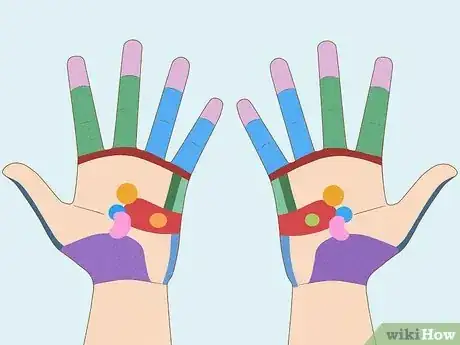

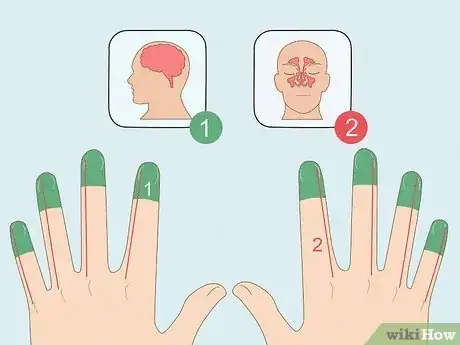
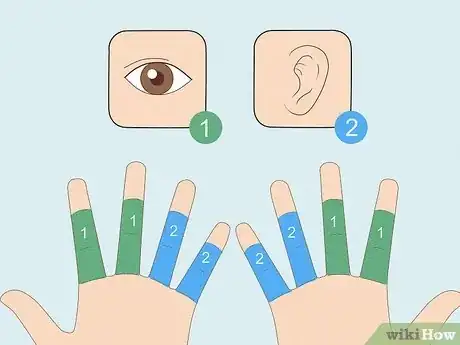
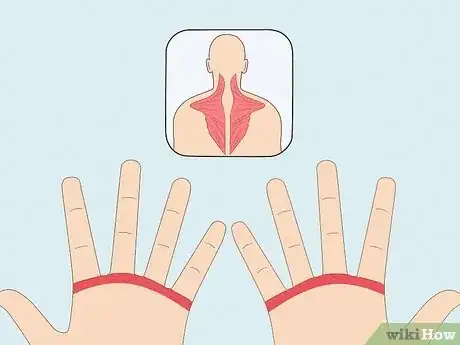
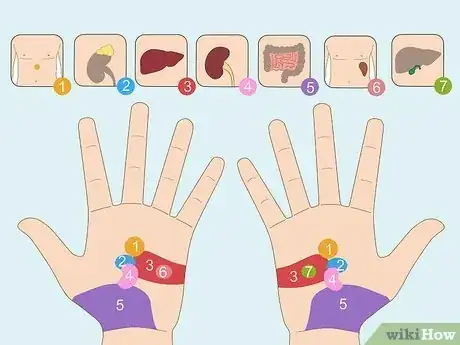
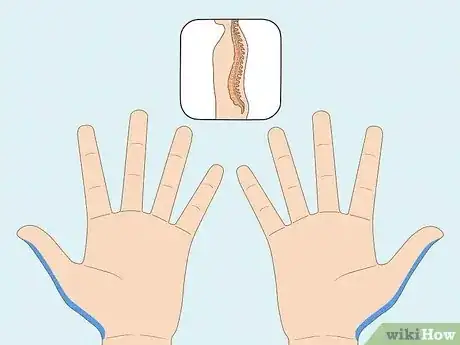
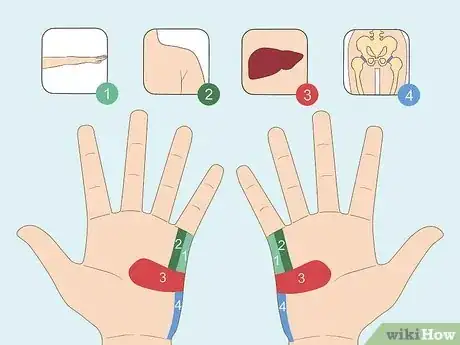
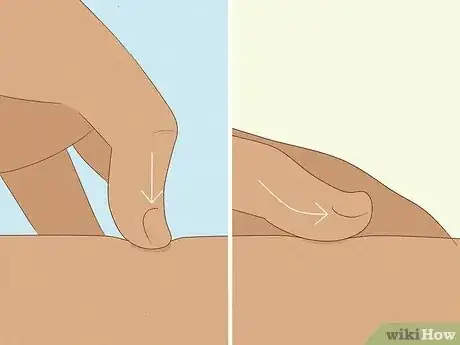
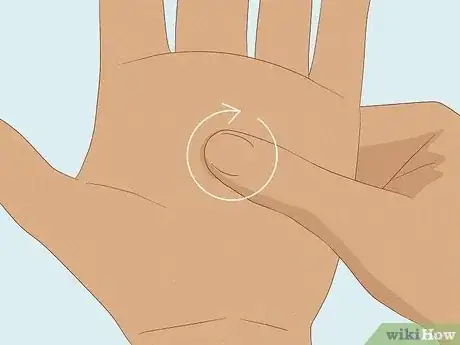
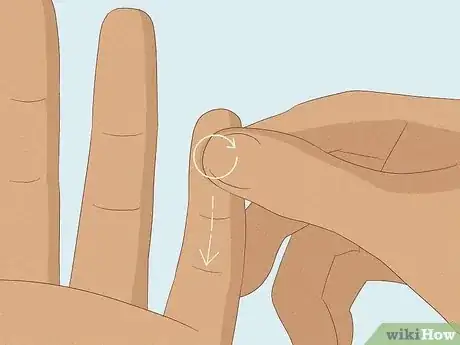
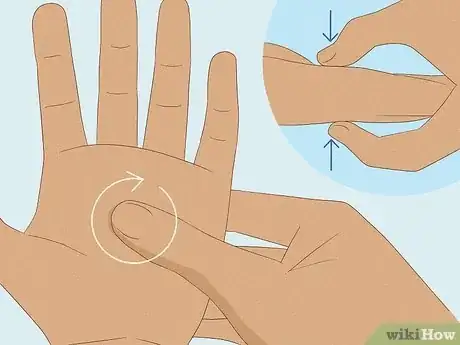
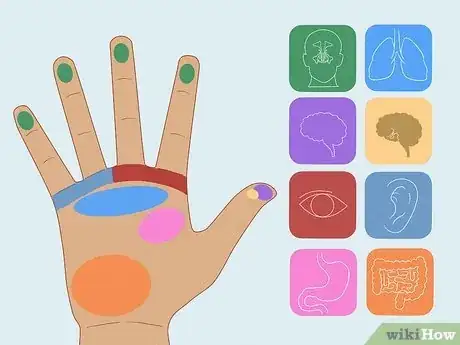
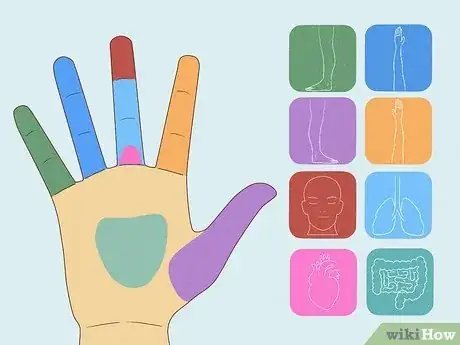
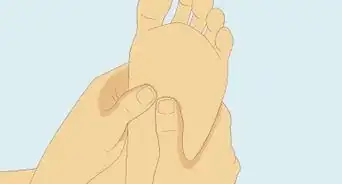
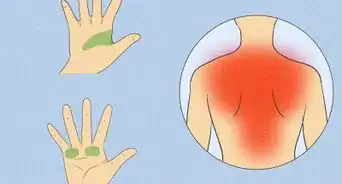
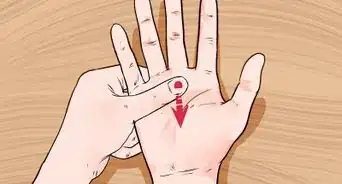
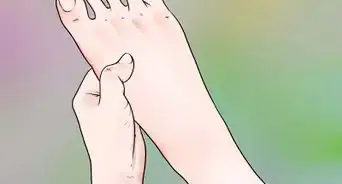
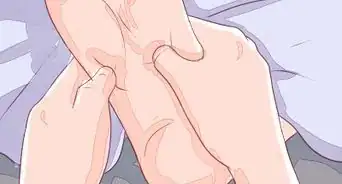
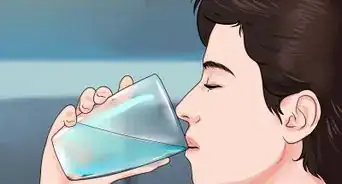
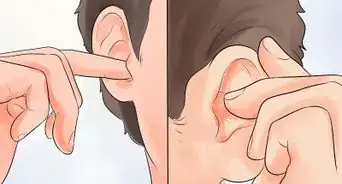
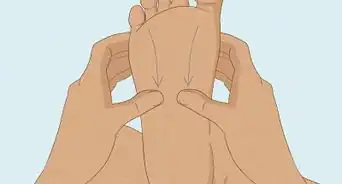
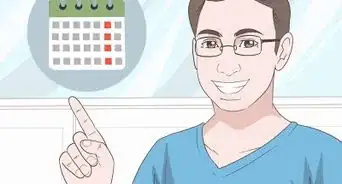
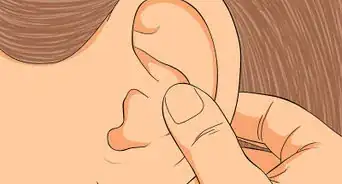
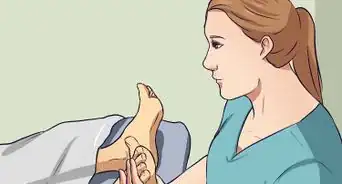








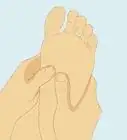
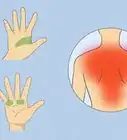
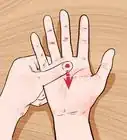
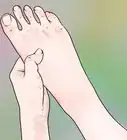



































Medical Disclaimer
The content of this article is not intended to be a substitute for professional medical advice, examination, diagnosis, or treatment. You should always contact your doctor or other qualified healthcare professional before starting, changing, or stopping any kind of health treatment.
Read More...